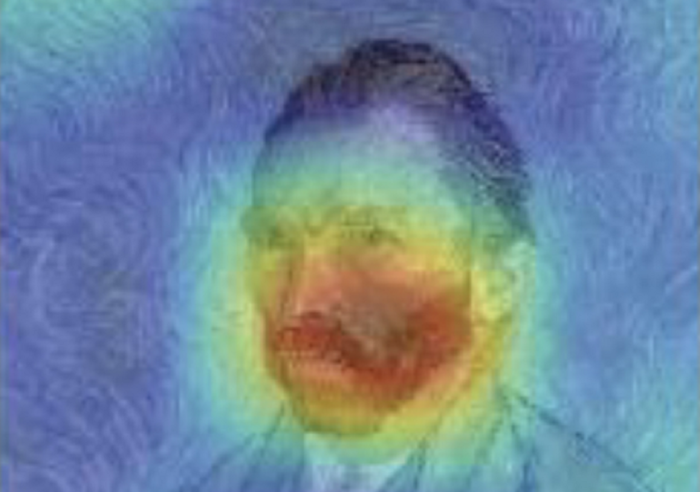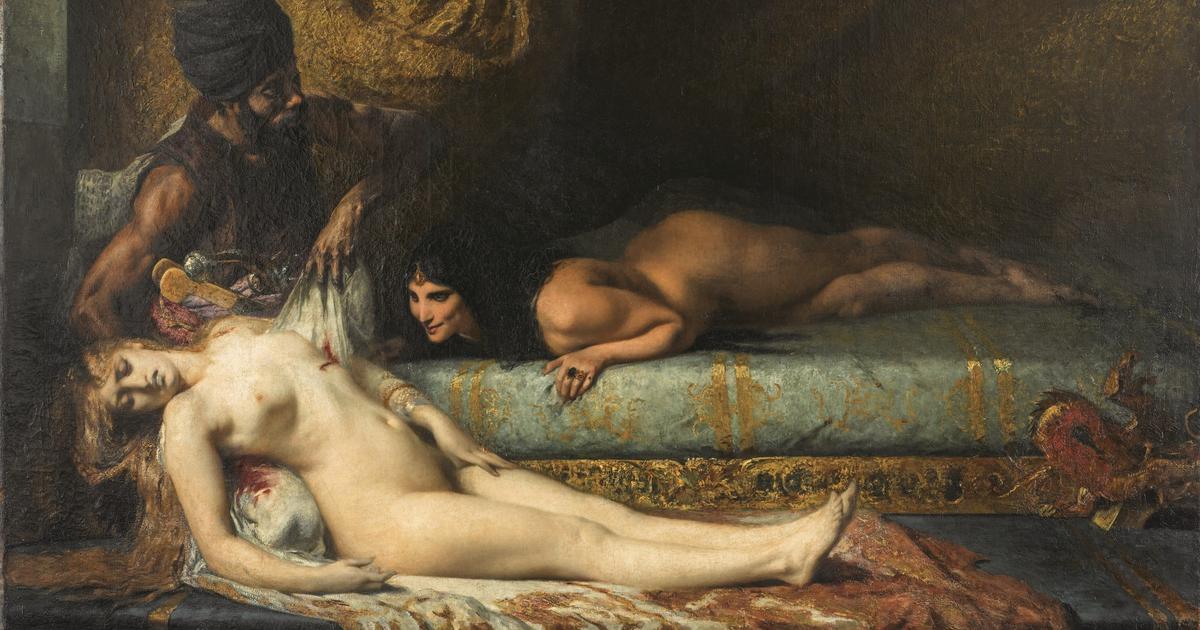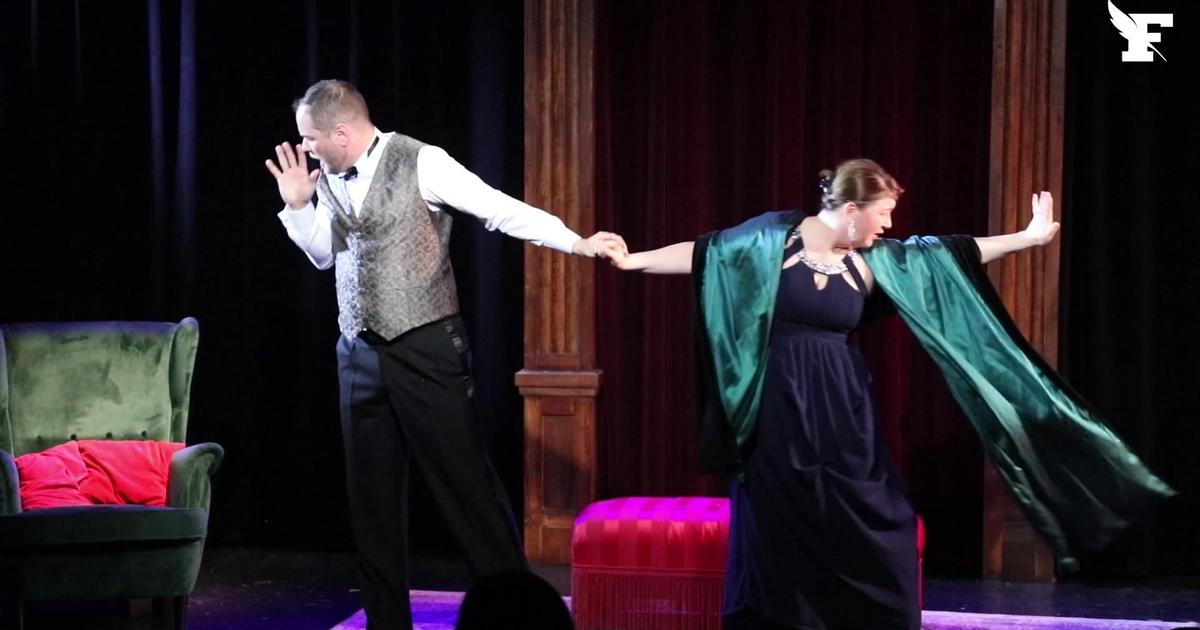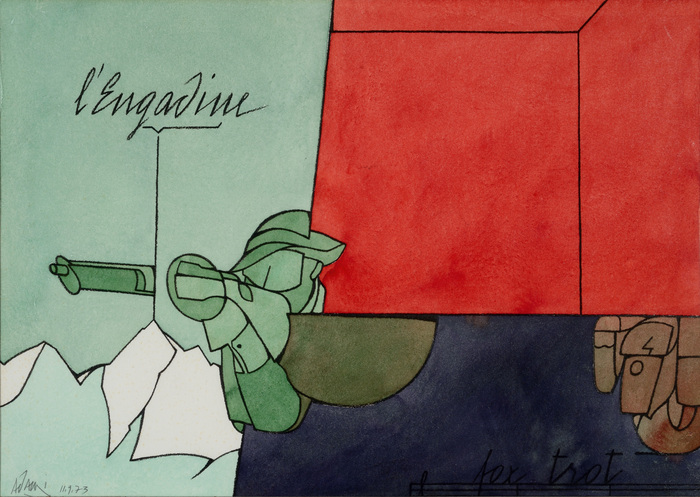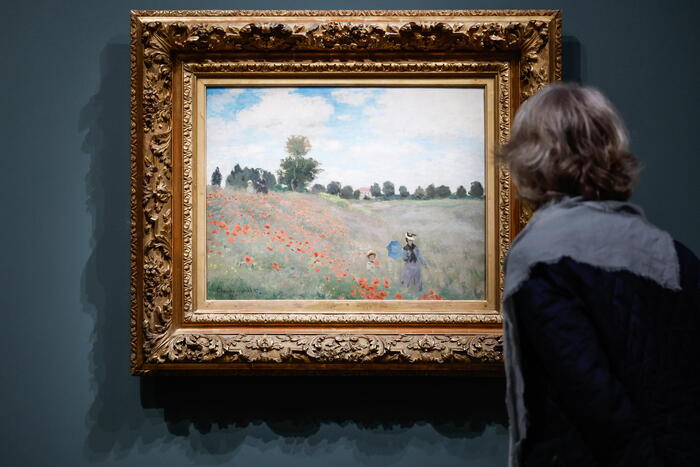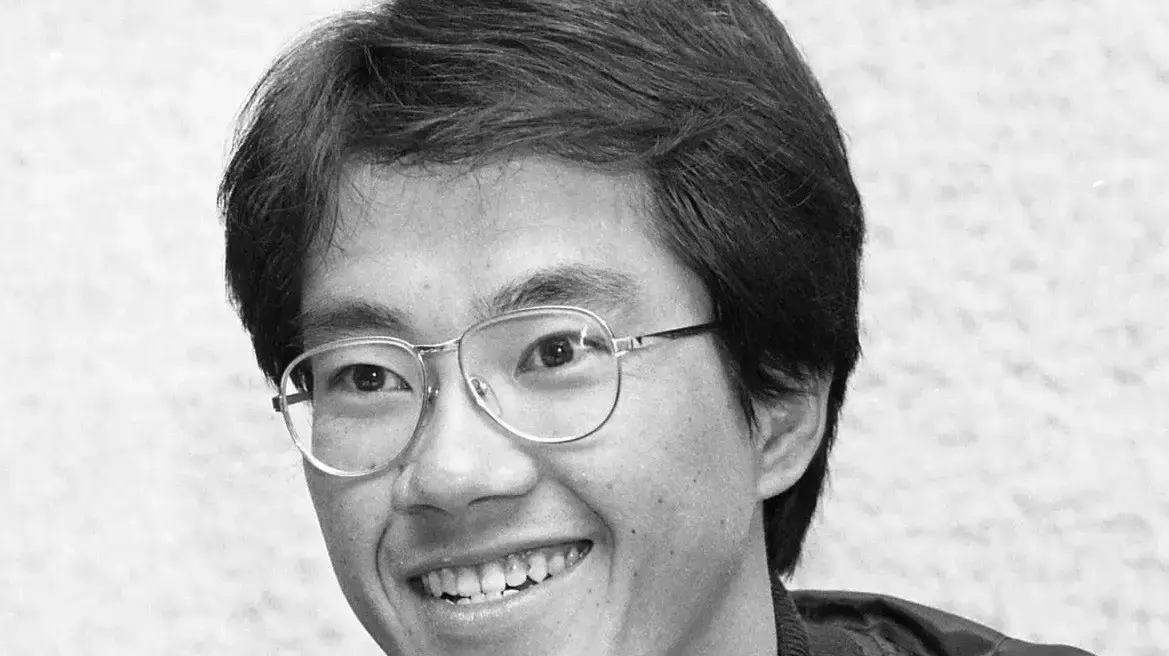From Pollock to Van Gogh, there is a formula for success common to works of art: thanks to artificial intelligence it has emerged that the lucky period, in which masterpieces are produced, comes after years in which the artist first explored and tried different styles and techniques, followed by years of intensive use of a technique on a smaller area, to develop the acquired experience more in depth. Northwestern University researcher highlights this in the journal Nature Communications.
Pollock, for example, drew surrealist paintings of human figures, animals and nature and then used the dripping technique in his lucky period, which lasted three years, in which he created all the masterpieces that made him famous. Van Gogh had his period of artistic turning point between 1888 and 1890; before that his painting was less impressionistic and more realistic. "Neither exploration nor exploitation alone, in isolation, gives birth to the moment of success, but it is their sequence together. Exploration followed by exploitation seems to be the right combination to start the lucky period," says Dashun Wang. , study coordinator.
Researchers developed machine learning algorithms to track career outcomes for artists, directors and scientists, with which they analyzed 800,000 images of works by 2,128 artists, across 79,000 films from 4,337 directors, and the careers of 20,040 researchers, combined with publications and quotes. Scholars have quantified the best production time for each career based on the impact of jobs, purchases, citations, rankings, and have related it to the moment and the various creative trajectories 4 years before and 4 years after the lucky moment. They have thus seen that when exploration is not followed by exploitation, the possibility of a moment of success decreases a lot, and the same is true with reversed factors. On average the 'good' moment lasts about 5 years,and then return to normal.

